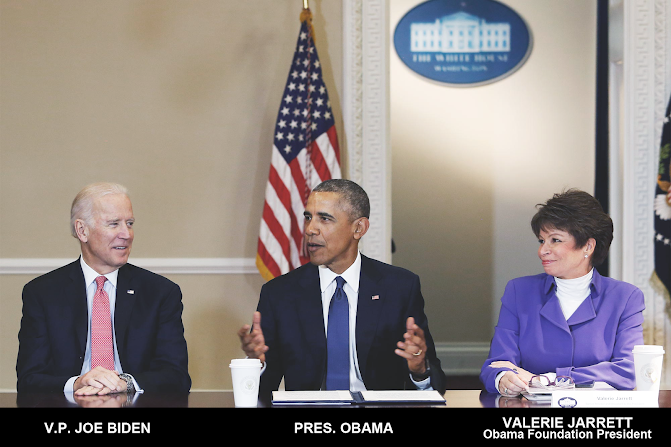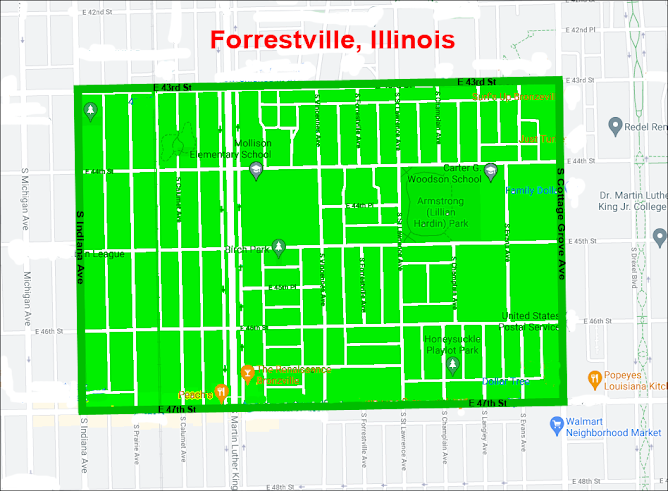In historical writing and analysis, PRESENTISM introduces present-day ideas and perspectives into depictions or interpretations of the past. Presentism is a form of cultural bias that creates a distorted understanding of the subject matter. Reading modern notions of morality into the past is committing the error of presentism. Historical accounts are written by people and can be slanted, so I try my hardest to present fact-based and well-researched articles.
Facts don't require one's approval or acceptance.
I present [PG-13] articles without regard to race, color, political party, or religious beliefs, including Atheism, national origin, citizenship status, gender, LGBTQ+ status, disability, military status, or educational level. What I present are facts — NOT Alternative Facts — about the subject. You won't find articles or readers' comments that spread rumors, lies, hateful statements, and people instigating arguments or fights.
FOR HISTORICAL CLARITY
When I write about the INDIGENOUS PEOPLE, I follow this historical terminology:
- The use of old commonly used terms, disrespectful today, i.e., REDMAN or REDMEN, SAVAGES, and HALF-BREED are explained in this article.
Writing about AFRICAN-AMERICAN history, I follow these race terms:
- "NEGRO" was the term used until the mid-1960s.
- "BLACK" started being used in the mid-1960s.
- "AFRICAN-AMERICAN" [Afro-American] began usage in the late 1980s.
— PLEASE PRACTICE HISTORICISM —
THE INTERPRETATION OF THE PAST IN ITS OWN CONTEXT.
Five years ago, then-President Barack Obama chose Chicago’s Jackson Park as the future site of his presidential center, stirring the South Side with the promise of long-overdue transformation and the distinction of being the place where the story of the nation’s first Black president and first lady is told.
On Tuesday, September 28, 2021, the Obamas will return to Chicago and at last kick off construction during a ceremonial groundbreaking with Chicago Mayor Lori Lightfoot and Illinois Governor J.B. Pritzker, the Obama Foundation announced. The celebration follows a protracted journey that began in 2016 and, thanks to a confluence of obstacles, at times left supporters to wonder if dirt would ever be turned.
But with a date for the ceremony formally inked in, the Obama Presidential Center will take an important step toward its debut on the South Side, where Barack Obama was first elected to public office and Michelle Obama grew up.
“Michelle and I could not be more excited to break ground on the Obama Presidential Center in the community that we love,” Barack Obama said in a video posted Friday. “With your help, we can make the center a catalyst for economic opportunity, a new world-class destination on the South Side, and a platform for young people to drive change. So let’s celebrate Chicago.”
Obama Foundation President Valerie Jarrett agreed, saying next week’s ceremony also represents a milestone for the South Side.
“I spent my entire childhood and adulthood seeing the South Side overlooked,” Valerie Jarrett told the Tribune this past Monday. “For generations now, the South Side of Chicago hasn’t seen the kind of investment and attention that I think it deserves. So, long overdue, and I couldn’t be more proud that it is President and Mrs. Obama who decided to make this major investment in the South Side of Chicago.”
In pitching the vision of his presidential center, Obama sought to build a “living, breathing” campus that pays homage to the movement that made his historic presidency possible, Jarrett said — including in Chicago, where he served as a community organizer before finding his political star.
“This is not your parents’ or your grandparents’ presidential library,” Valerie Jarrett said. “This is a library of pointing really towards the future, that stands on the shoulders of our past.”
When Obama announced that historic Jackson Park, sandwiched between Lake Michigan and Woodlawn, would be the destination of his future presidential center, its opening day was scheduled for this year. But it would only be last month that shovels even hit the ground at the site, following a failed but lengthy legal effort to halt construction.
The hurdles to groundbreaking stemmed from Obama’s decision to place his presidential center at a park listed on the National Register of Historic Places and first mapped out in 1871 by famed landscape architect Frederick Law Olmsted, who also co-designed New York’s, Central Park. The Jackson Park location, as well as the need to close and expand major adjacent streets, prompted a yearslong federal review that concluded this February.
However, that would not be the last the city and the Obama Foundation would hear from those who oppose the Jackson Park location. Protect Our Parks, a park preservationist nonprofit that unsuccessfully sued the city in 2018 to block the project, filed a second legal challenge the same day pre-construction roadwork began in April, this time regarding the legality of the federal review.
That lawsuit recently led to an emergency bid to block construction that was rejected by the U.S. Supreme Court in August. Bulldozers soon descended on the site, though the plaintiffs maintain they still have legal options in their arsenal.
Amid the twists and turns that the decision to locate the campus at Jackson Park sparked, Jarrett, said the Obamas never doubted their choice.
“Hard things are hard,” said Jarrett, who has deep roots in Chicago and worked in the Obama White House. “The challenges presented were challenges that we were prepared to overcome, and we have. And so, no, I never heard a single time where President Obama wavered in his commitment to deliver this world-class center on this site and in this location.”
The $700 million presidential center is mostly dirt mounds now, but in four years there is to be a 235-foot-tall tower with a quote from Barack Obama’s speech marking the 50th anniversary of the Selma to Montgomery civil-rights marches carved on the exterior. There will be a forum building and a plaza with public artwork open to members of the community to gather, as well as an athletic and recreation center.
A new branch of the Chicago Public Library will include on its roof a garden resembling Michelle Obama’s fruit and vegetable garden at the White House. And a playground, walking paths, and a sledding hill will adorn the park area surrounding the buildings.
Meanwhile, Obama Presidential Center Museum Director Louise Bernard, who also helped design the National Museum of African American History and Culture in Washington, said the team has been searching across the nation for the thousands of objects that will go into the artifact collection. But Bernard emphasized the artifacts are not a “time capsule” but a way to inspire future generations, including the young South Side visitors who might come to see themselves as a future president of the U.S.
“It’s not simply that the history is this thing that happened in the past to other people, or that the objects all live behind glass … but rather that the visitor feels themselves to be a social actor in the making of history,” Bernard said in a recent interview.
In newly revealed details, Bernard shared that the four floors of the museum will start with the first level portraying Obama’s childhood in Hawaii and Indonesia as well as his seminal years in Chicago with Michelle Obama and his first presidential campaign. The second floor will frame his administration’s tenure, beginning with its inheritance of an economic meltdown and wars in Iraq and Afghanistan.
On the third floor will be a homage to the diversity of the different groups of people who worked at the Obama White House, and a full-scale replica of the Oval Office will be open for visitors to walk through. And finally, the last floor will symbolize Obama’s “passing of the baton” to the next generation of leaders in his farewell address in Chicago, Bernard said.
“It’s a story that’s connected, obviously, to Chicago,” Bernard said. “It’s really rooted in the South Side of Chicago broadly. … As much as the kind of central narrative arc is about the Obama presidency, it is also about all of the people who made his journey possible.”
By Alice Yin, Chicago Tribune, Sept 24, 2021
Edited by Dr. Neil Gale, Ph.D.

















